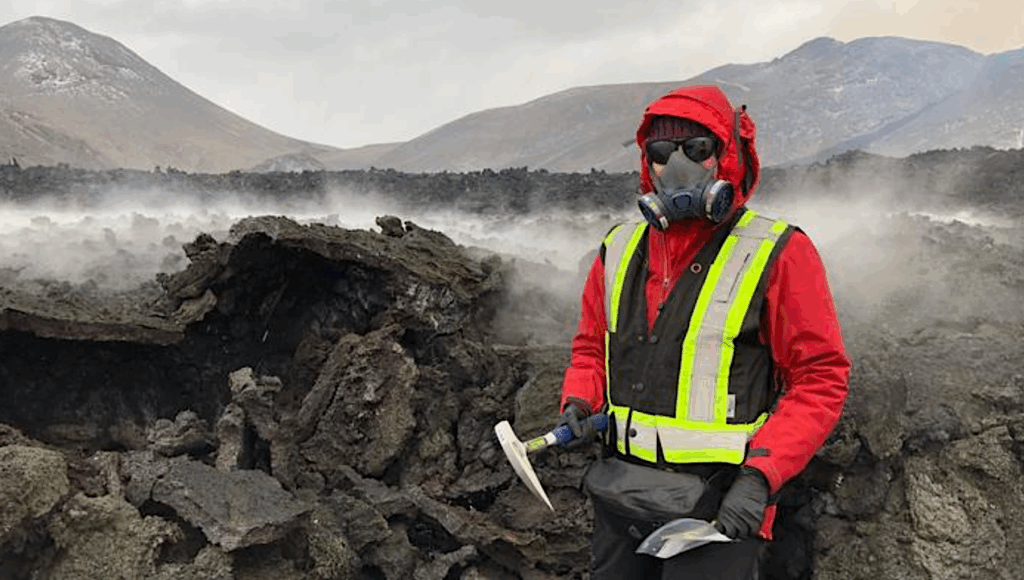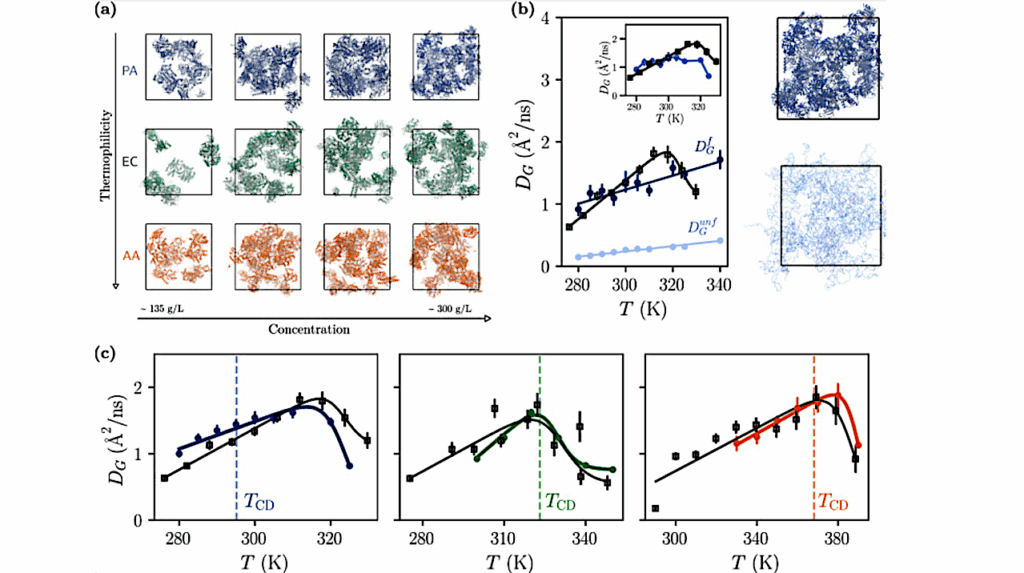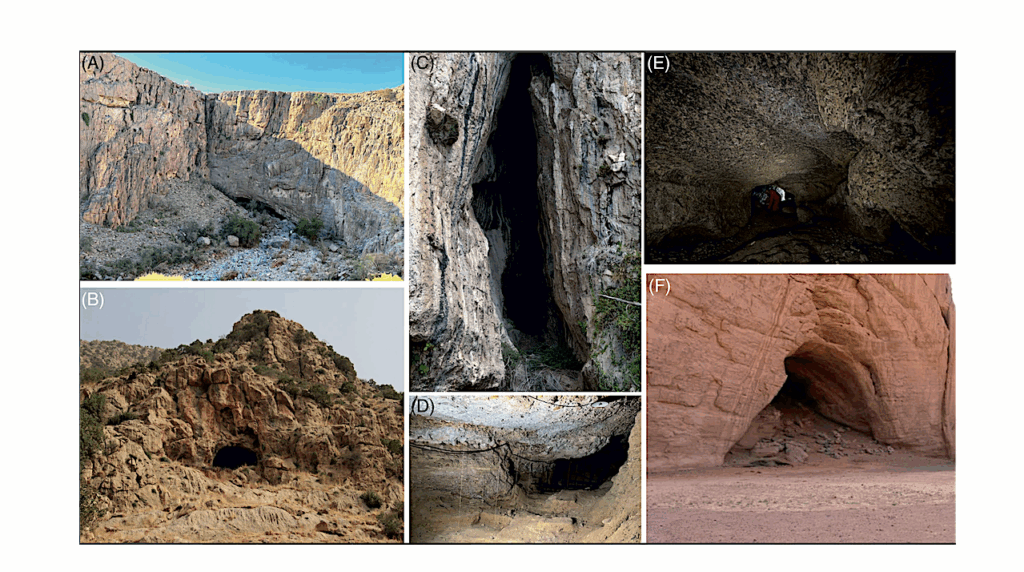A Low-Diversity Microbiota Inhabits Extreme Terrestrial Basaltic Terrains and Their Fumaroles: Implications for the Exploration of Mars

A major objective in the exploration of Mars is to test the hypothesis that the planet hosted life. Even in the absence of life, the mapping of habitable and uninhabitable environments is an essential task in developing a complete understanding of the geological and aqueous history of Mars and, as a consequence, understanding what factors caused Earth to take a different trajectory of biological potential.
We carried out the aseptic collection of samples and comparison of the bacterial and archaeal communities associated with basaltic fumaroles and rocks of varying weathering states in Hawai’i to test four hypotheses concerning the diversity of life in these environments. Using high-throughput sequencing, we found that all these materials are inhabited by a low-diversity biota.
Multivariate analyses of bacterial community data showed a clear separation between sites that have active fumaroles and other sites that comprised relict fumaroles, unaltered, and syn-emplacement basalts. Contrary to our hypothesis that high water flow environments, such as fumaroles with active mineral leaching, would be sites of high biological diversity, alpha diversity was lower in active fumaroles compared to relict or nonfumarolic sites, potentially due to high-temperature constraints on microbial diversity in fumarolic sites.
A comparison of these data with communities inhabiting unaltered and weathered basaltic rocks in Idaho suggests that bacterial taxon composition of basaltic materials varies between sites, although the archaeal communities were similar in Hawai’i and Idaho. The taxa present in both sites suggest that most of them obtain organic carbon compounds from the atmosphere and from phototrophs and that some of them, including archaeal taxa, cycle fixed nitrogen.
The low diversity shows that, on Earth, extreme basaltic terrains are environments on the edge of sustaining life with implications for the biological potential of similar environments on Mars and their exploration by robots and humans.
Abstract, Pubmed
A Low-Diversity Microbiota Inhabits Extreme Terrestrial Basaltic Terrains and Their Fumaroles: Implications for the Exploration of Mars, Astrobiology via Pubmed (open access)
Astrobiology








